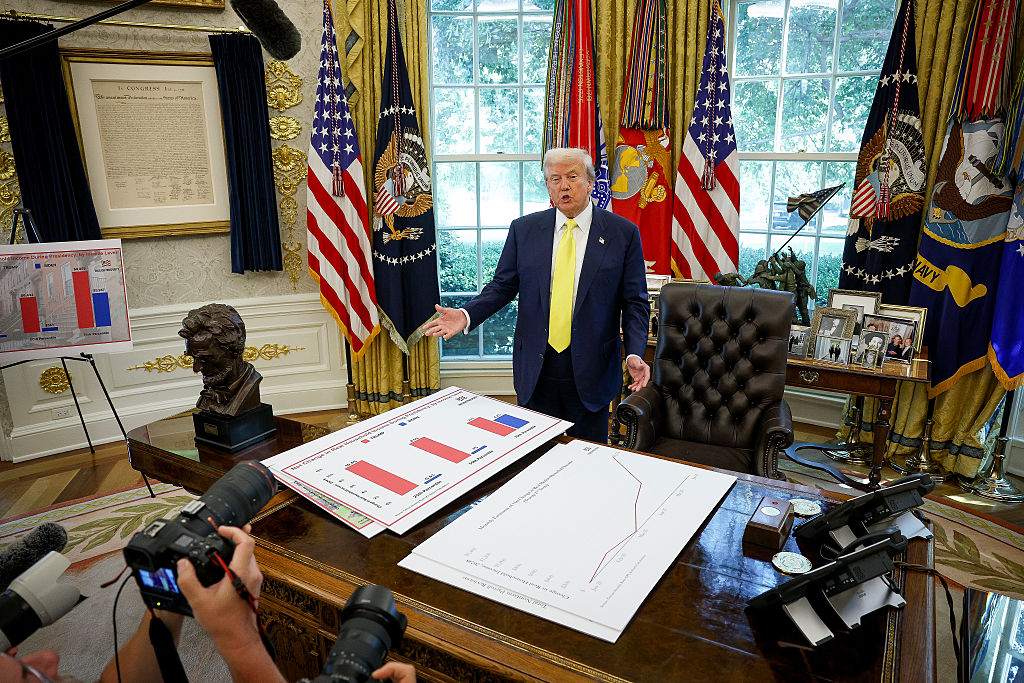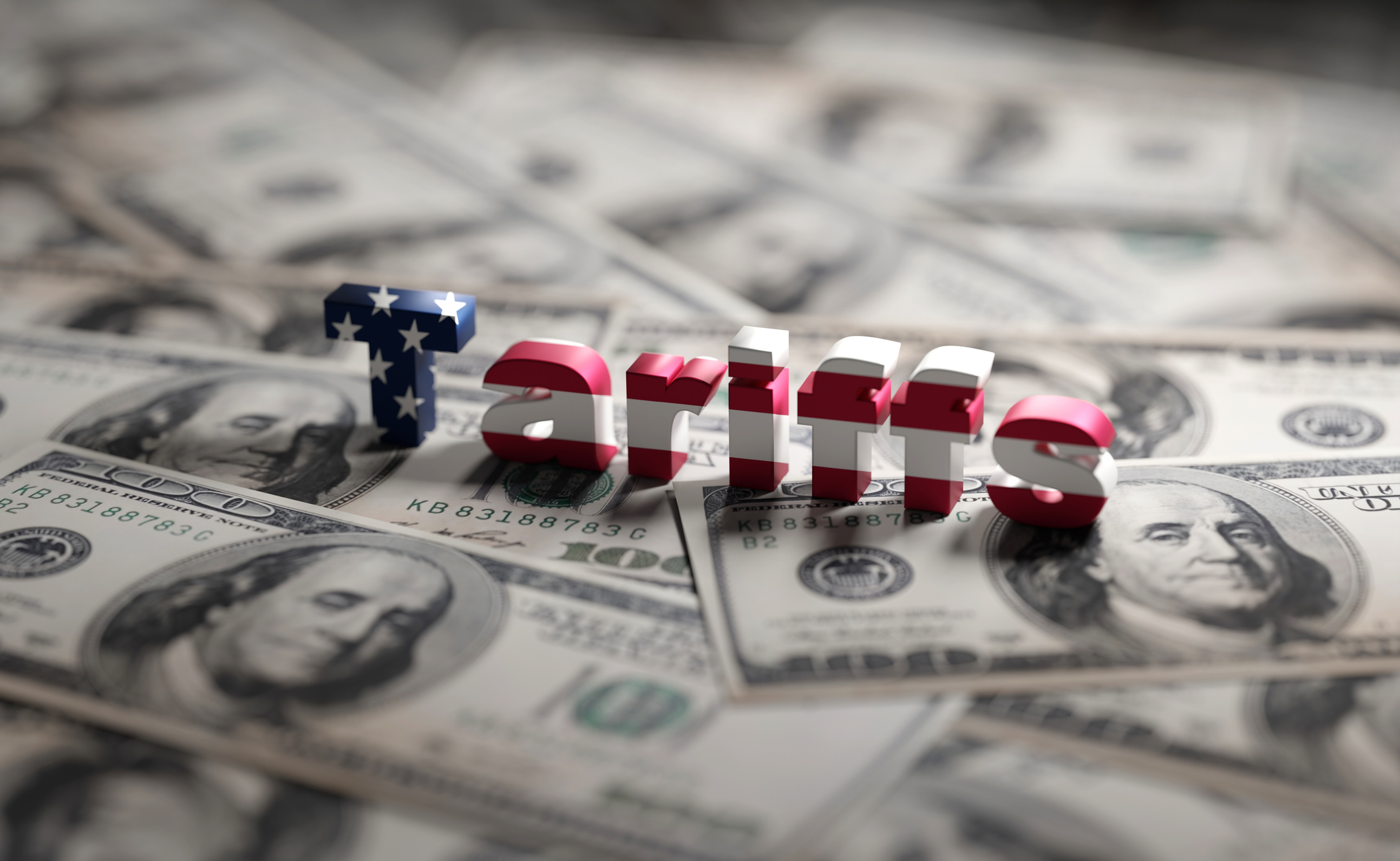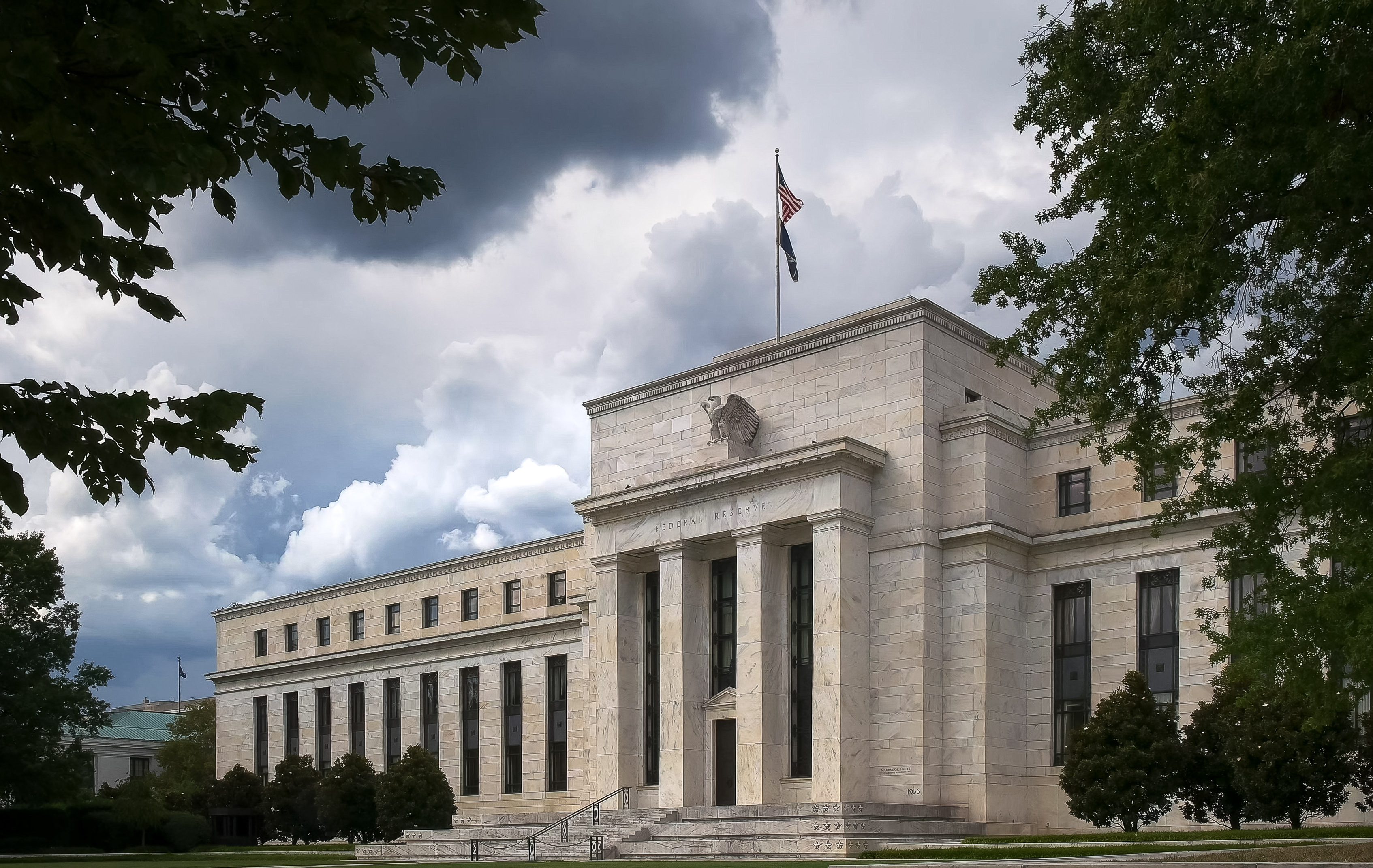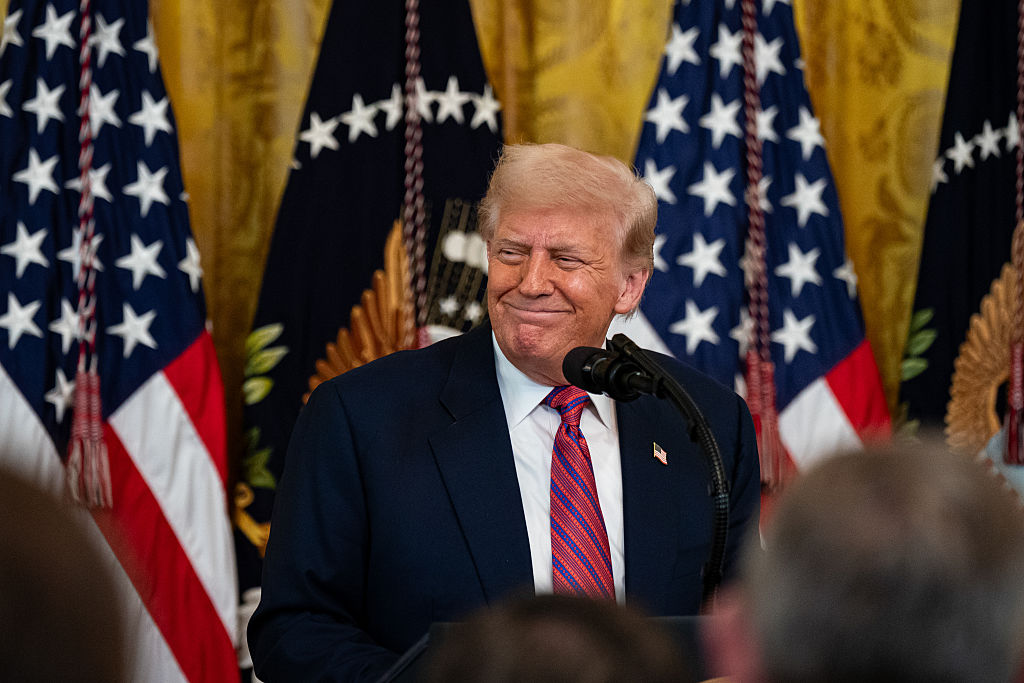Find the Right Spot for Your Extra Cash
A young executive needs answers to three questions.

Mark Bologna is one of the last people you'd imagine would lose sleep over his finances. A senior federal executive, Mark, 36, has already accumulated $250,000 in his thrift savings plan, the government's version of a 401(k). He and his girlfriend own a condominium in northern Virginia, and he just finished reconstructing a small house in his hometown of New Orleans. Once it's rented, Mark expects to net several hundred dollars a month.
Still, Mark confesses to late-night angst about being too careless with his cash. "I let $35,000 sit around and missed this whole bull market," he says. Not quite; his thrift-plan balance is invested 100% in stocks, divided among large-company, small-company and foreign-stock index funds. Mark also owns $25,000 worth of Berkshire Hathaway shares, which he calls a "foundation" because Berkshire is so diversified. What's vexing Mark is the roughly $60,000 he has in the bank and in money-market funds. "I have to take advantage of my ability to save," he says.
Save for Retirement by Buying Land?Are Your Stocks a Mishmash?Simplify Financial ClutterA Landlord Seeks a Solid Foundation
From just $107.88 $24.99 for Kiplinger Personal Finance
Become a smarter, better informed investor. Subscribe from just $107.88 $24.99, plus get up to 4 Special Issues

Sign up for Kiplinger’s Free Newsletters
Profit and prosper with the best of expert advice on investing, taxes, retirement, personal finance and more - straight to your e-mail.
Profit and prosper with the best of expert advice - straight to your e-mail.
In truth, money funds, which currently yield about 5%, aren't so bad. But Mark thinks he can do better. To do that, he needs to get three questions answered. First, how much cash should he keep totally liquid? Second, where should he put the rest? Third, how quickly should he act?
Everyone needs cash in reserve. Mark should keep $10,000 in the bank or in a money fund, and he should invest the rest of the money.
His income is too high to contribute to a Roth IRA or to deduct his contributions to a traditional IRA. So most of Mark's investments will be in regular taxable accounts, which may be better than an IRA for after-tax earnings. Take his Berkshire Hathaway stock. If it appreciated 12% a year over the next 20 years, it would be worth almost $250,000. If the maximum federal tax on long-term capital gains is still 15% in 20 years, Mark would owe Uncle Sam no more than $33,000 or so. But if he were to withdraw $250,000 from the thrift plan (or from an IRA), the funds would be treated as ordinary income and suffer a much deeper tax bite. Even if legislators were to raise the capital-gains rate, it's unlikely they would push it as high as regular tax brackets.
So, Mark should direct the $50,000 into long-term growth investments that complement his index accounts. He is light on stocks of smaller U.S. companies, as well as on emerging-markets stocks. Among the funds in the Kiplinger 25, he should consider Champlain Small Company, Vanguard Selected Value and T. Rowe Price Emerging Markets Stock (see The 25 Best Mutual Funds). And if he wants to dampen risk a bit by adding a bond fund to the mix, the thrift plan's F fund, which tracks the broad Lehman Brothers bond index, is a no-brainer.
Pros often suggest investing a lump sum in dribs and drabs over a year or so to benefit from averaging. But Mark is already averaging with the $1,700 a month he invests in his retirement accounts. There's no reason to hold back the new money. As David Mendels, of New York's Creative Financial Concepts, says, "Jump in with everything and hope for the best."
Stumped by your investments? Write to us at portfoliodoc@kiplinger.com.
Profit and prosper with the best of Kiplinger's advice on investing, taxes, retirement, personal finance and much more. Delivered daily. Enter your email in the box and click Sign Me Up.

Kosnett is the editor of Kiplinger Investing for Income and writes the "Cash in Hand" column for Kiplinger Personal Finance. He is an income-investing expert who covers bonds, real estate investment trusts, oil and gas income deals, dividend stocks and anything else that pays interest and dividends. He joined Kiplinger in 1981 after six years in newspapers, including the Baltimore Sun. He is a 1976 journalism graduate from the Medill School at Northwestern University and completed an executive program at the Carnegie-Mellon University business school in 1978.
-
 I'm 73 and hate winter, but I can't afford to be a snowbird.
I'm 73 and hate winter, but I can't afford to be a snowbird.How can a snowbird wannabe warm up without the expense? We asked professional wealth planners for advice.
-
 5 Smart Things to Do With Your Year-End Bonus
5 Smart Things to Do With Your Year-End BonusAfter you indulge your urge to splurge on a treat, consider doing adult things with the extra cash, like paying down debt, but also setting up a "fun fund."
-
 Gen X Investors: Protect Your Portfolio From an AI Bubble
Gen X Investors: Protect Your Portfolio From an AI BubbleAmid talk of an AI bubble, what's the best course of action for investors in their 50s and 60s, whose retirement savings are at risk from major market declines?
-
 What the Rich Know About Investing That You Don't
What the Rich Know About Investing That You Don'tPeople like Warren Buffett become people like Warren Buffett by following basic rules and being disciplined. Here's how to accumulate real wealth.
-
 How to Invest for Rising Data Integrity Risk
How to Invest for Rising Data Integrity RiskAmid a broad assault on venerable institutions, President Trump has targeted agencies responsible for data critical to markets. How should investors respond?
-
 What Tariffs Mean for Your Sector Exposure
What Tariffs Mean for Your Sector ExposureNew, higher and changing tariffs will ripple through the economy and into share prices for many quarters to come.
-
 How to Invest for Fall Rate Cuts by the Fed
How to Invest for Fall Rate Cuts by the FedThe probability the Fed cuts interest rates by 25 basis points in October is now greater than 90%.
-
 Are Buffett and Berkshire About to Bail on Kraft Heinz Stock?
Are Buffett and Berkshire About to Bail on Kraft Heinz Stock?Warren Buffett and Berkshire Hathaway own a lot of Kraft Heinz stock, so what happens when they decide to sell KHC?
-
 How the Stock Market Performed in the First 6 Months of Trump's Second Term
How the Stock Market Performed in the First 6 Months of Trump's Second TermSix months after President Donald Trump's inauguration, take a look at how the stock market has performed.
-
 Fed Leaves Rates Unchanged: What the Experts Are Saying
Fed Leaves Rates Unchanged: What the Experts Are SayingFederal Reserve As widely expected, the Federal Open Market Committee took a 'wait-and-see' approach toward borrowing costs.
-
 Fed Sees Fewer Rate Cuts in 2025: What the Experts Are Saying
Fed Sees Fewer Rate Cuts in 2025: What the Experts Are SayingFederal Reserve The Federal Reserve cut interest rates as expected, but the future path of borrowing costs became more opaque.